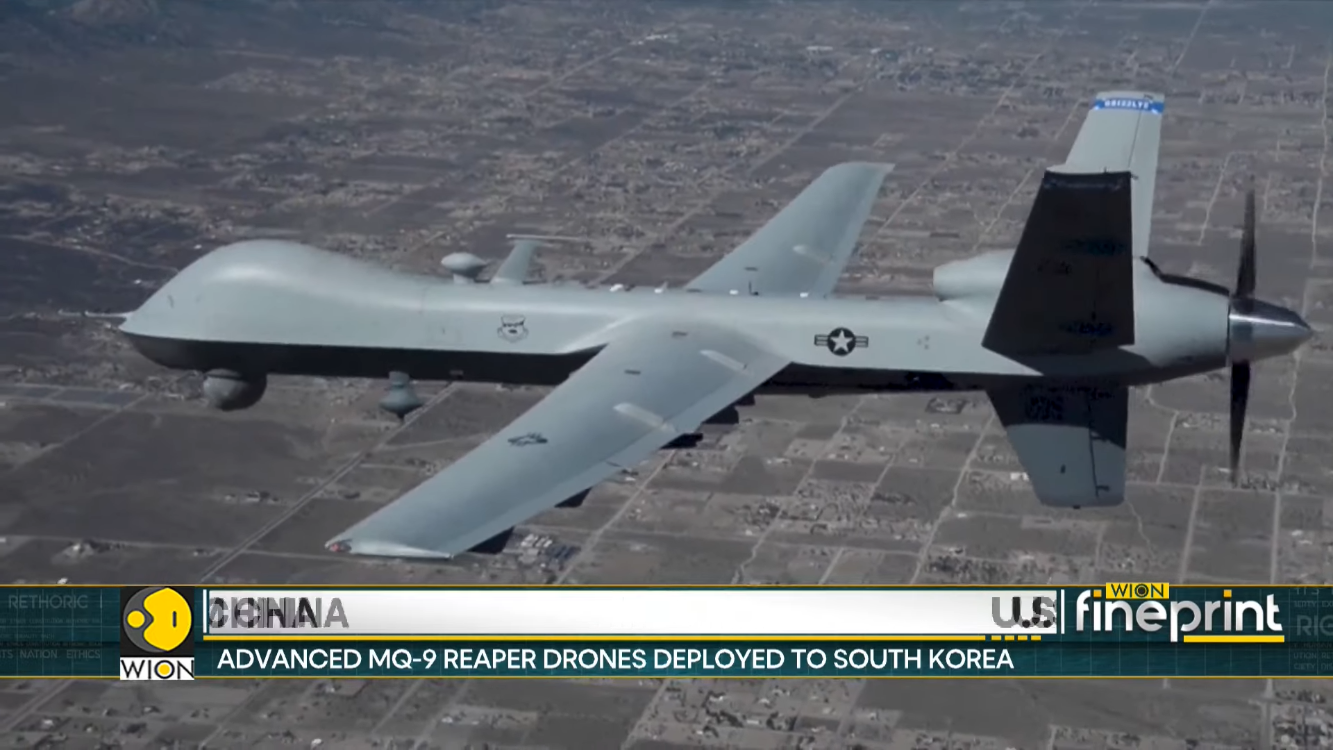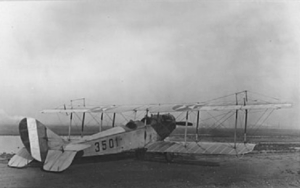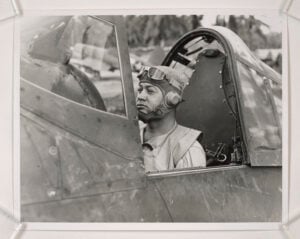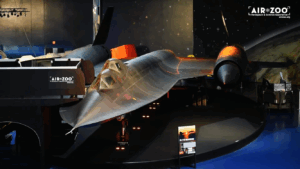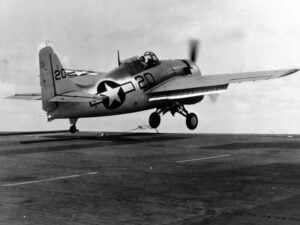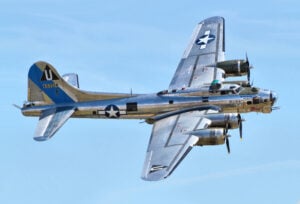U.S. Revives WWII Squadron as Permanent Drone Force in South Korea
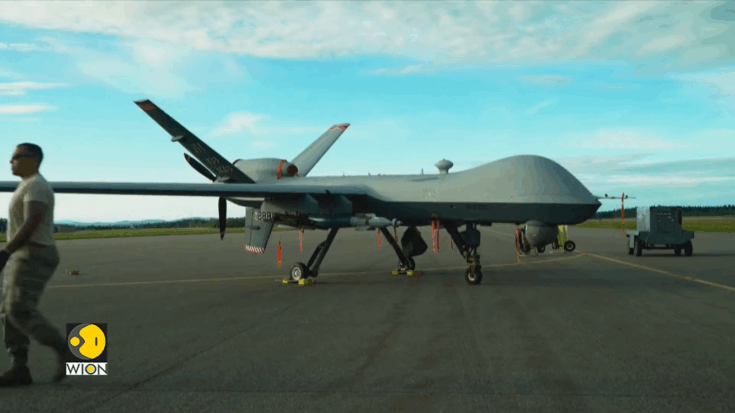
YouTube / WION
The U.S. Air Force has revived a World War II-era fighter squadron, giving it a new mission on the front lines of modern security challenges. The 431st Expeditionary Reconnaissance Squadron, once known as the “Hades” Fighter Squadron, was formally activated this week at Kunsan Air Base in South Korea, where it will operate MQ-9 Reaper drones.
A Modern Mission for an Old Squadron
The 431st traces its roots back to 1943, when it escorted bombers across the Pacific in rugged P-38 Lightnings. After decades of transformations—including a stint testing F-111s—it was inactivated in 1992. Now, more than 30 years later, the squadron has returned with a very different mission: intelligence, surveillance, and reconnaissance across the Indo-Pacific.
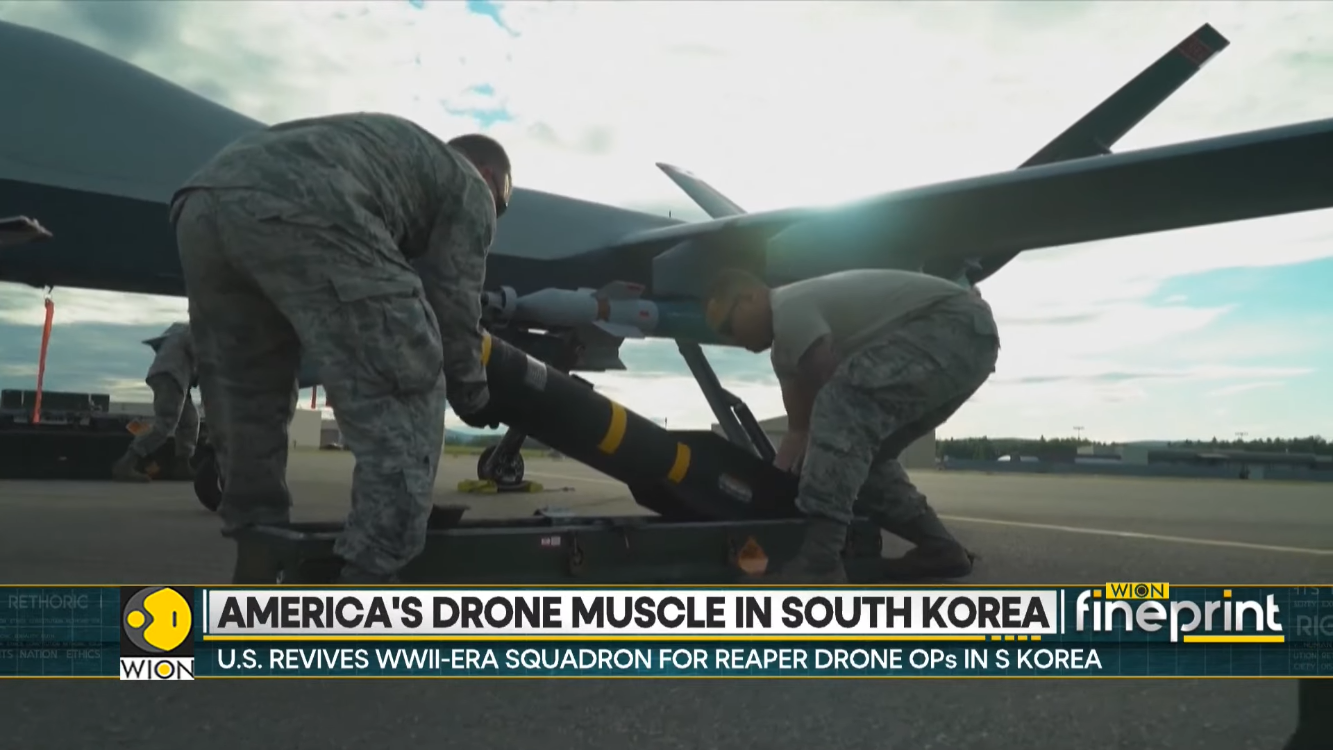
Why the Reaper Matters in Asia
The MQ-9 Reaper is one of the Air Force’s most versatile drones. Powered by a turboprop engine, it can remain airborne for 24 hours—or indefinitely with refueling—while covering more than 1,600 miles.
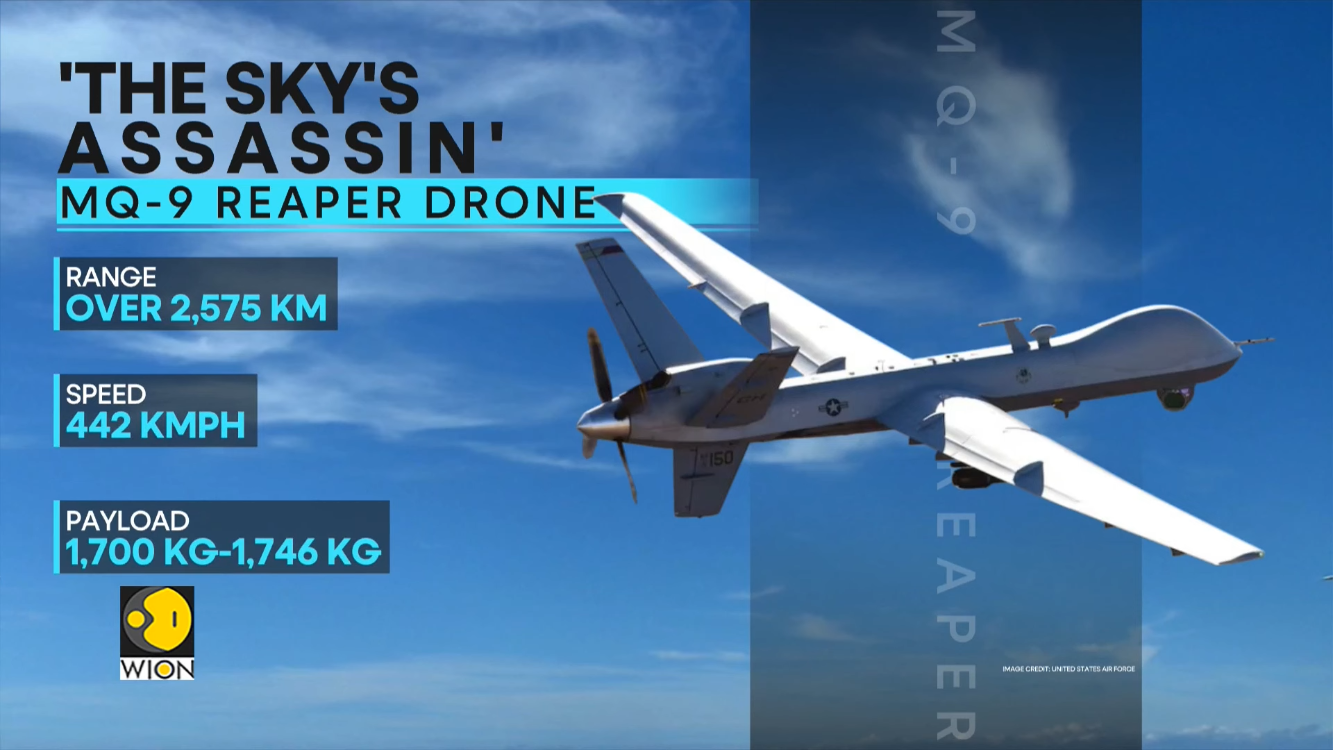
Capable of carrying AGM-114 Hellfire missiles and laser-guided bombs, the Reaper can transition seamlessly from surveillance to precision strike. Its arrival underscores Washington’s commitment to defending South Korea and deterring threats across the Pacific.
Rising Tensions in the Region
The move comes as the U.S. adjusts its airpower posture on the Korean Peninsula. Over the summer, F-16s were shifted north to Osan Air Base in a push to consolidate combat power closer to the border. Meanwhile, North Korea has staged high-profile demonstrations of military ties with China, fueling concerns among U.S. allies.
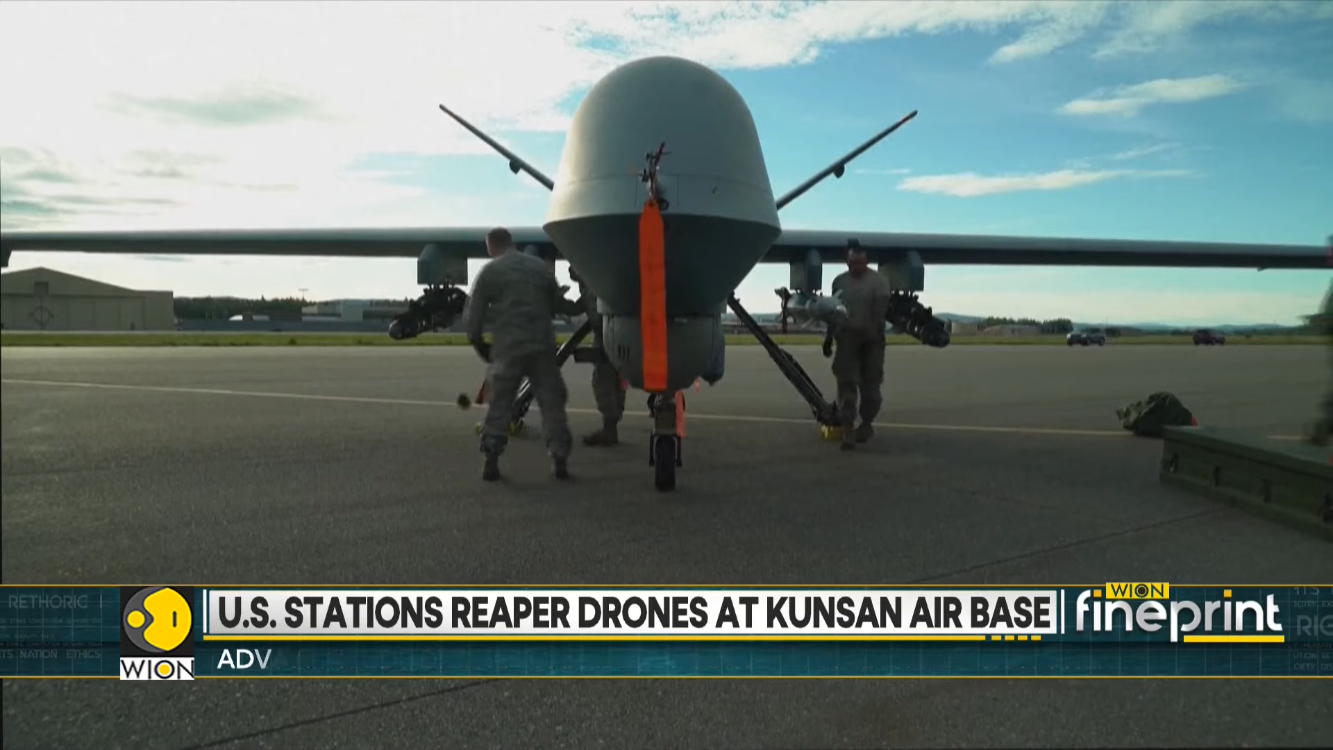
By stationing MQ-9s permanently in South Korea, the Air Force signals a long-term commitment to both Seoul and the wider Indo-Pacific theater.
Writing a New Chapter
For the airmen of the 431st, the squadron’s rebirth is more than a shift in strategy—it’s a continuation of history.
From escorting bombers in WWII to flying drones in the 21st century, the 431st’s mission has changed dramatically. What remains constant, however, is its place on the front line of U.S. airpower in the Pacific.
